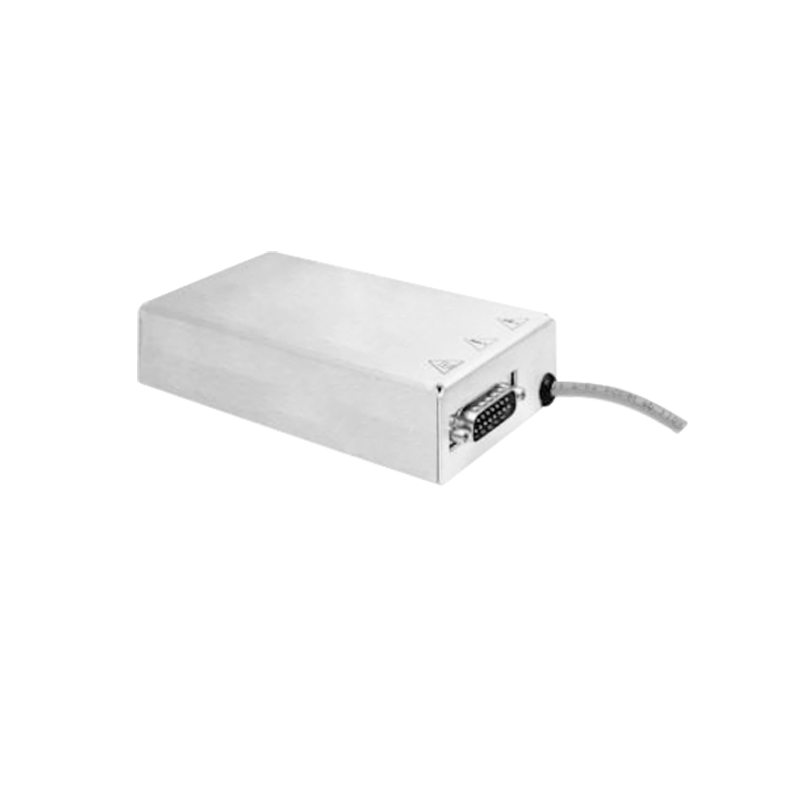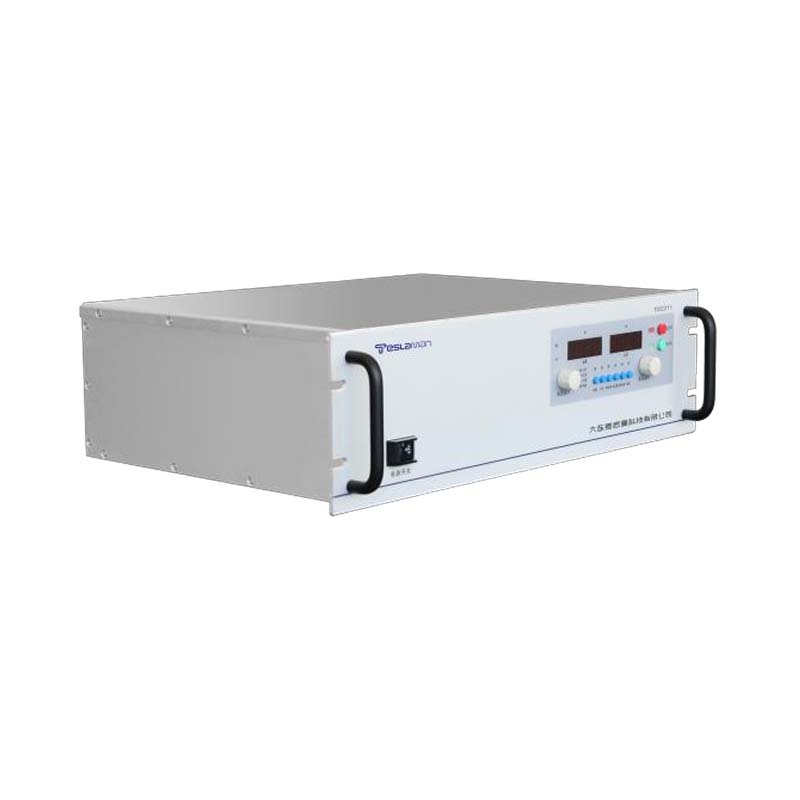Development Prospect of Miniature High-Voltage Power Supplies
Against the backdrop of rapid advancements in modern electronic technology, miniature high-voltage power supplies, as critical foundational components, are becoming the core driving force behind the development of multiple cutting-edge fields by virtue of their unique technical advantages and extensive application scenarios. Through integrated design, material innovation, and breakthroughs in control technology, these power supplies have achieved a transformative balance between volume miniaturization and high-performance efficiency. Their development prospects not only concern the iterative upgrading of electronic components but will also profoundly influence the technological innovation pathways of strategic sectors such as healthcare, aerospace, and new energy.
1. Technological Evolution: From Component Integration to Systemic Innovation
The technological development of miniature high-voltage power supplies exhibits characteristics of multi-dimensional breakthroughs. At the hardware architecture level, the application of wide-bandgap semiconductor materials such as gallium nitride (GaN) and silicon carbide (SiC) has increased the switching frequency of power devices to the megahertz level while reducing energy loss to less than one-third of traditional silicon-based devices. This material innovation has not only reduced the size of magnetic components but also pushed power modules toward chip-level dimensions. Currently, the volume of some miniature power supplies can be controlled within 1 cubic centimeter, with a power density exceeding 500W/in³.
In terms of topological structure innovation, the integrated application of soft switching technology, multi-level conversion, and wireless power transfer (WPT) technology has effectively addressed electromagnetic compatibility (EMC) challenges in high-voltage environments. For example, in a wireless miniature high-voltage power supply system based on resonant cavity coupling, the transmission efficiency is increased to over 90% through magnetic shielding design and frequency tracking algorithms, while avoiding insulation aging problems caused by traditional wired connections. Additionally, the introduction of digital control technologies—such as adaptive PID algorithms and field-programmable gate array (FPGA) logic control—has endowed power supply systems with real-time status monitoring and dynamic parameter adjustment capabilities, achieving qualitative leaps in high-voltage output stability (ripple coefficient <1%) and load transient response speed (adjustment time <100μs).
2. Application Scenarios: Cross-Industry Penetration and Demand Upgrading
The technical characteristics of miniature high-voltage power supplies make them irreplaceable in strategically emerging industries. In the field of medical electronics, they are used in high-voltage drive modules for portable laser scalpels. By precisely controlling pulsed voltages above 20kV, they enable minimally invasive cutting and coagulation of biological tissues, reducing the volume of traditional equipment by 60% while increasing energy efficiency by 40%. In aerospace, miniature high-voltage power supplies have become core components of UAV-mounted mass spectrometers, providing stable 30kV acceleration voltages for ion sources and supporting their lightweight deployment in scenarios such as environmental monitoring and geological exploration.
The new energy sector has given rise to entirely new application paradigms for miniature high-voltage power supplies. In hydrogen fuel cell systems, miniature high-voltage modules based on thin-film capacitor energy storage can generate corona discharges above 10kV, efficiently driving air ionization to produce reactive oxygen species and significantly enhancing the catalyst activation efficiency of fuel cells. In the field of flexible electronics, wearable high-voltage power supplies, through flexible substrate integration technology, are combined with carriers such as electronic skin and smart fabrics to provide distributed high-voltage biasing for micro-sensor arrays, pushing human-machine interaction interfaces toward high sensitivity and low power consumption.
3. Challenges and Future Trends
Despite significant technological advancements, the industrialization of miniature high-voltage power supplies still faces multiple challenges. The first is the issue of insulation reliability. At the micrometer-scale device level, the significant decrease in air breakdown field strength requires the use of new insulation technologies such as nano-ceramic composite materials and vacuum packaging. Currently, the yield rate of related processes still restricts manufacturing costs. The second is the problem of thermal management. The increase in power density has led to local heat flux densities of up to 100W/cm² or more. Micro-channel liquid cooling coupled with phase-change material heat dissipation technology has become a research hotspot, but the increased system complexity poses challenges to miniaturization design.
Over the next decade, the development of miniature high-voltage power supplies will exhibit three major trends: First, collaborative innovation in materials-device-system. The application of two-dimensional materials (such as graphene and molybdenum disulfide) and metamaterials will break through the physical limits of traditional devices, achieving insulation strengths above 100kV/mm at room temperature. Second, the deep integration of intelligence and self-diagnosis capabilities. Machine learning-based fault prediction models will extend the power supply maintenance cycle to the ten-thousand-hour level. Third, the popularization of green manufacturing technologies. The maturity of low-temperature co-fired ceramic (LTCC) and 3D printing processes will drive power modules toward all-solid-state and lead-free directions, in line with the global sustainable development goals of the electronics industry.
As the energy cornerstone of the electronic information field, technological breakthroughs in miniature high-voltage power supplies are not just upgrades of single devices but also the key to unlocking the intelligent era. With the deepening of cross-disciplinary technological integration, their dual value in cutting-edge technology and civil applications will continue to be unleashed, making them an important symbol of a nation's high-end electronic manufacturing capabilities.




















